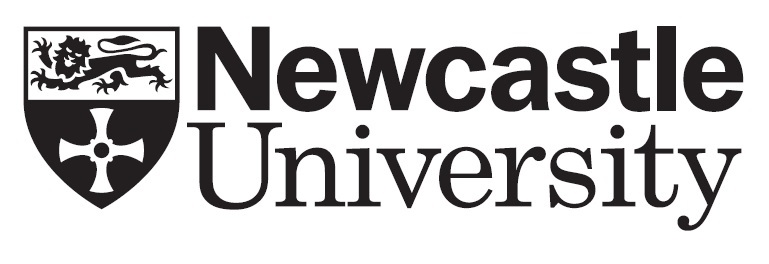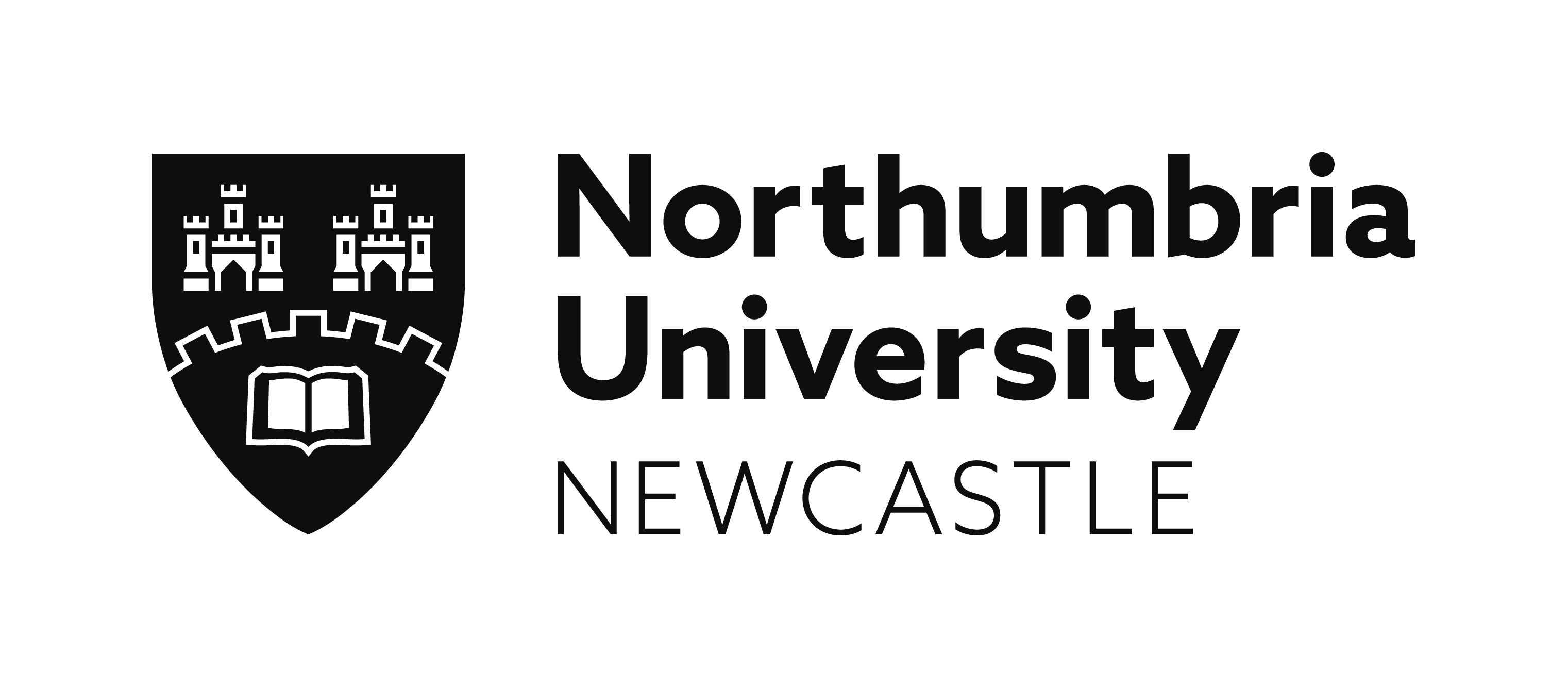Art History, Theory and Practice for an Ecological Emergency
Andrew Patrizio, Edinburgh College of Art, University of Edinburgh
Lucy Whelan, Durham University
How can we align art theory, history and practice with an ontology that refuses to see human life as fundamentally set apart from nature? Art historians have recently started to respond to global environmental concerns with eco-critical approaches. Yet, with the effects of abrupt climate breakdown already apparent, art history can afford neither to repeat the theoretical debates over the representation of nature explored in literary studies since the 1990s, nor to conceive the ecological as a transitory ‘turn’ or an additional category of analysis. Instead, a global existential crisis demands a wholescale rethinking of how art historians and practitioners write, curate, make and teach. This interdisciplinary session builds on recent work across the environmental humanities, in moving towards an integrated ecological art history that is oriented towards the future, even as it examines the past. Key questions we will explore include:
- How might the reality of environmental breakdown provoke us to rethink our traditional aesthetic categories?
- How might artworks enable their beholder to imagine more-than-human ways of seeing?
- How do different artistic media offer crucial sites for thinking in, and with, the environment?
- While some museums have recently divested from fossil fuels, how can art institutions go further in resisting norms that are damaging the planet?
Speakers
To be as an Animal might be: Time and creaturely perception in avant-garde flicker film, c.1957–70
Ed Juler (Newcastle University)
Fish Against the System: Helen Mayer and Newton Harrison’s Portable Fish Farm (1971)
Francesca Curtis (University of York)
The Work of Art in the Age of Ecological Exposability
Lucy Steeds (University of the Arts London)
Realism in Fragments: Wang Youshen’s and Birdhead’s urban ecological mosaics
William Schaefer (Durham University)
Material Communities: Living ‘with’ the landscapes of the Anglo-Scottish borderland
Ysanne Holt (University of Northumbria)
Landscape Representation and the Sublime in the age of Anthropocene
Olga Smith (University of Warwick)
Click here to download this session's abstracts or view below
To be as an Animal might be: Time and creaturely perception in avant-garde flicker film, c.1957–70
Ed Juler (Newcastle University)
As ‘a moth might see from birth to death’ is how Stan Brakhage described his short collage-film, Mothlight. Made in 1963, this quivering filmwork, put together from sundry bits of moth-wing, petals and grasses, is as much about time and its beholding, as it is about moths; the narratological loops, the ruptures, the slowing and hastening pace, all draw attention to the passing of time itself or, rather, the fleeting sense of duration involved in the act of seeing. And it is a time-bound sightfulness born through creaturely insight, and its perceptual otherness, that is at stake, not just in Mothlight, but within several experimental ‘flicker films’ produced in the middle years of the post-war period, ranging from Brakhage’s own Cat’s Cradle (1957) to Malcom Le Grice’s Berlin Horse (1970). All of these filmworks share a broader interest in the flickering materiality of film and, as Le Grice put it, its ability to act ‘on the autonomic system […] to create a nervous response which is largely preconscious’. Yet if the rhythmic pulse of the flickering screen is meant to behave as time’s stroboscopic kin – acting pre-consciously upon the beholder’s retinal agency – what does it mean when the filmic flicker itself is inspired by creaturely ways of seeing? Does this instigate in the beholder a kind of becoming-animal, in which human ways of seeing are de-centred or else fall away altogether? By examining questions of time, being and animal perception, this paper will ask how flicker films from the period c.1957–70 draw attention to beastly ways of being which urgently reframe our knowledge of, and relation to, the creaturely realm.
Fish Against the System: Helen Mayer and Newton Harrison’s Portable Fish Farm (1971)
Francesca Curtis (University of York)
This paper proposes the importance of systems art for an ecological art history. Popularised by Jack Burnham’s ‘Systems Aesthetics’ in 1968, systems art can be revived for an ecological paradigm exposing the biological and social relations upholding contemporary existence. To deconstruct this notion, I will analyse Helen Mayer and Newton Harrison’s Survival Piece III: Portable Fish Farm (1971). At the Hayward Gallery, London, the artists installed an aquatic ecosystem and served the fish to gallery visitors as part of a feast. Alongside a post-humanist reading of the ecosystem centred on Cary Wolfe’s interpretation of autopoiesis, I will analyse the artwork’s relationship to consumption as both a corporeal act and related to the monocultural farming systems in neoliberal society. The speciesism surrounding the public reaction to the artwork provokes an inquiry into the ways in which all life, human and non-human, is commodifiable and exploitable by late-capitalism. By reading the fish both literally and metaphorically, Jason Moore’s contention that nature works for capitalism becomes integral to an investigation into labour – a subject frequently absent in ecological theory. As a form of systems art, Portable Fish Farm not only illustrates the intrinsic link between medium and species ontologies but crucially integrates the ecological with the socioeconomic through a logic of decentralisation. Such integration exists within a model of artistic operational closure which provokes a speculative imagination, prophesising how ecology can provoke anti-capitalist protest. Manifesting systems failure, Portable Fish Farm encompasses a revolutionary potential as the system is not only opposed but reformulated.
The Work of Art in the Age of Ecological Exposability
Lucy Steeds (University of the Arts London)
One response to our catastrophic ecological predicament might involve rethinking our bases for the evaluation of contemporary art. What would it mean to resist canonising artists for the territorial extent of their museum and biennial exhibition history; to refuse the scaling up logic of maximal international circulation? In response, I propose a focus on what we might call art’s ecological exposability, meaning its capacity to root and blossom symbiotically within a context, while foregrounding the stakes for more than just human lives.
To examine the parameters and possibilities of this shift of focus, I will analyse Projeto Terra (Earth Project or Project Earth, 1981 and ongoing) by Brazilian artist Juraci Dórea. Reading this work within the Bienal de São Paulo of 1987, I will argue that if the installation of art in the massive exhibition that year had the ambition to transform the vast swirling modernist venue into ‘a space analogous to postmodernity’ (curatorial statement by Sheila Leirner), then Projeto Terra acted as a disruptive weed, pointing away from this self-contained cultural framework, towards an ecological space still profoundly marked by the global migrations of colonial modernity and by diverse ensuing sacrifices and survivalisms. This will be discussed as the exhibition-value of Projeto Terra in São Paulo in 1987 – that is, after Walter Benjamin, as its political functionality, as opposed to its auratic cult-value. This returns me to art’s ecological exposability, as a reworking of Benjamin’s concept of technological ‘exhibitability’ (Ausstellbarkeit).
Realism in Fragments: Wang Youshen’s and Birdhead’s urban ecological mosaics
William Schaefer (Durham University)
Wang Youshen’s Mei Ping Mi (Per Square Meter) (2014) and Birdhead’s Xin Cun (New Village) (2007) reconfigure urban ecosystems: Wang’s artwork is made of grids of square photographs of collaged fragments of building materials, and landscape photographs overlaid with grids; while Birdhead composes photographs of details and structures of Shanghai ecosystems into collages and installations organised in formalist grids.
Neither Wang nor Birdhead consider themselves ecological artists. Yet these works focus on what ecologist Richard Forman calls land mosaics: ecological forms of patches, corridors and matrices created by and determining interactions and flows of humans, other organisms and physical environments. Forman conceptualises landscape ecologies in terms of art media, drawing upon concepts of point, line and plane which Bauhaus artists Wassily Kandinsky and Paul Klee had derived through the study of natural forms, and likening the size and boundaries of ecological forms to analogue photography’s framing and focus, grain size and resolution.
Tracking circuits between land mosaics in Beijing and Shanghai, and Wang Youshen’s and Birdhead’s processes of photographing and collaging into grids, I claim that their artworks explore relationships between art-making and urban ecosystems, in which architectural and artistic forms emerge from and disintegrate into natural and human-driven processes of destruction and growth, disturbance and circulation. Photography, this talk proposes, is an ecological rather than realist medium: the materiality and forms of photographs are emergent from larger ecosystems of matter, forms, organisms, spaces and light, making the medium itself a crucial site staging relations between culture and nature in the Anthropocene.
Material Communities: Living ‘with’ the landscapes of the Anglo-Scottish borderland
Ysanne Holt (University of Northumbria)
At a time of much social, cultural and environmental uncertainty in the, mainly rural, border area of northern England and southern Scotland, a deeper understanding of the historic, present-day and anticipated future conditions that pertain here is crucial. This paper considers the potential role and contribution of art history in this regard. How might the art historian contribute to a necessary reassessment of an arguably peripheral region where long-standing cross-border interactions have resulted in common resources and practices as well as shared identities and heritage, often overshadowed by national political differences? The contention here is that what can be termed ‘borderland’ communities have been formed through dynamic human and non-human interactions with their material resources, e.g. water, stone, wood, soil, and the production of commodities, e.g. timber, wool, food. A study of this kind, which advocates a process of ‘cross-bordering’, both conceptually and geographically, might offer productive and necessary new ways of understanding, experiencing and communicating landscape. Landscape is to be understood here as continuously ‘in process’ and formed from the over-layered and interdependent relations between nature and culture, the human and non-human. Through reference to particular past and more recent forms of artistic practice interacting with those material resources, the paper attends to the complex and intricate interconnections that exist across this mutually constituted borderland. In so doing, it underlines a necessary ecological and environmental consciousness and points to the possibilities for a ‘border-crossing’ future of co-operation and collaboration of potential benefit to individuals and communities – one vital to the sustainability of this region.
Landscape Representation and the Sublime in the age of Anthropocene
Olga Smith (University of Warwick)
This paper proceeds from a conviction that, as a discipline concerned with the study of human visual culture, art history offers invaluable critical frameworks of visualising and confronting ecological emergency. I propose that art historical approaches to the study of landscape representation prove especially relevant in this regard. The aesthetic category of the Sublime, based on a response to phenomena that exceed human comprehension (Edmund Burke, 1757), is invaluable in providing a means of comprehending the immense scale of climatic, geological and technological entities comprising the Anthropocene. Through its connection with the psychological state of fear, furthermore, the Sublime provides the basis for revising the relation between the human and nature as based on ‘Promethean fear’: a fear of taking too lightly our relations with nature (Raymond Williams, 1992). By placing these ideas in dialogue with contemporary artistic practices concerned with fictional visualisations of post-human landscapes by artists such as IC-98 and Jakob Kudsk Steensen, I propose to connect art historical discourses of the past with present attempts to anticipate and shape the future.
|
|
|
|
|
|
Supported by
Conference Sponsors
![]()
ASSOCIATION FOR ART HISTORY
![]()
Terms & Conditions
![]()


